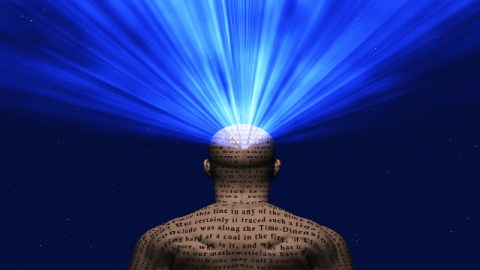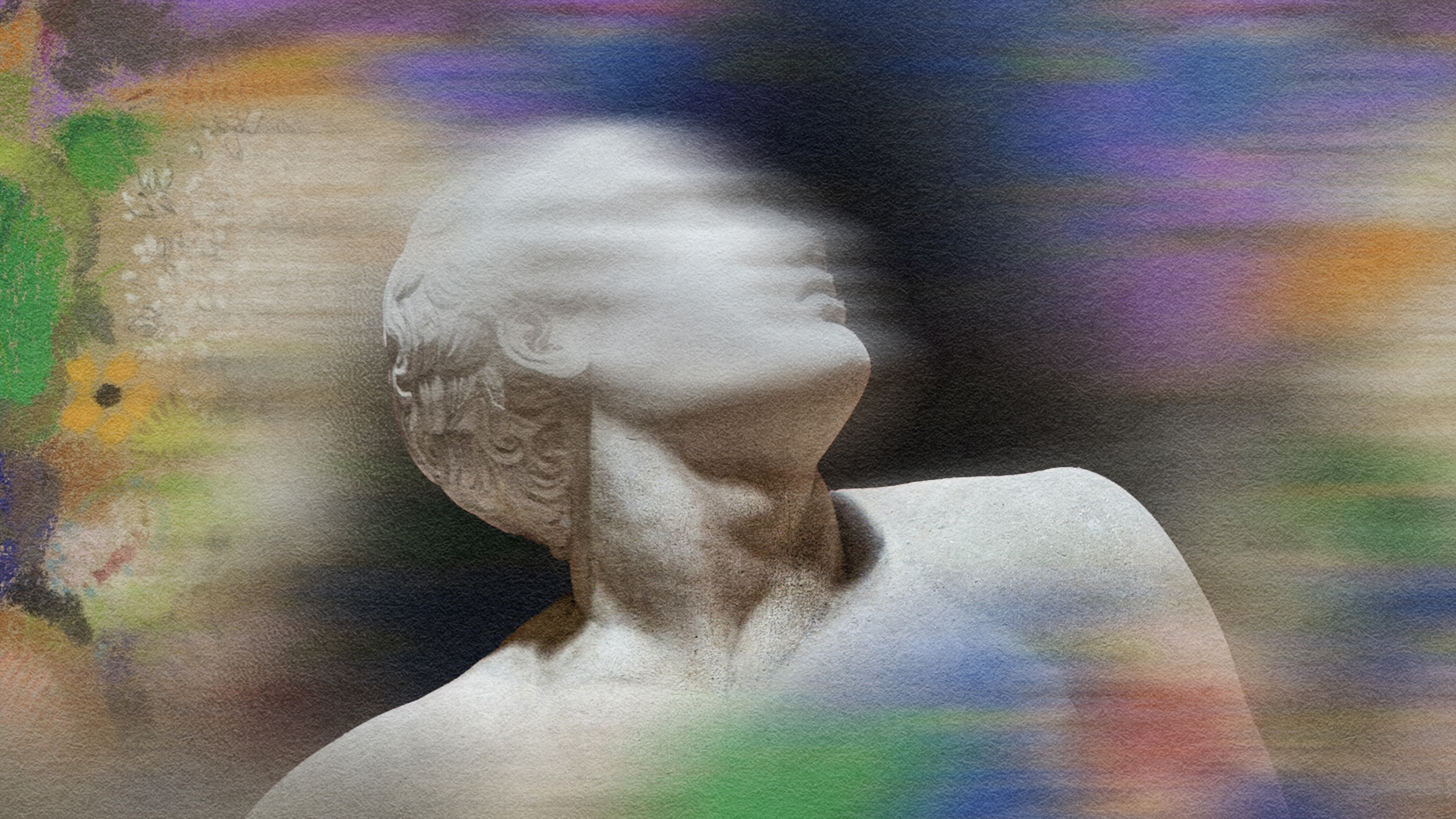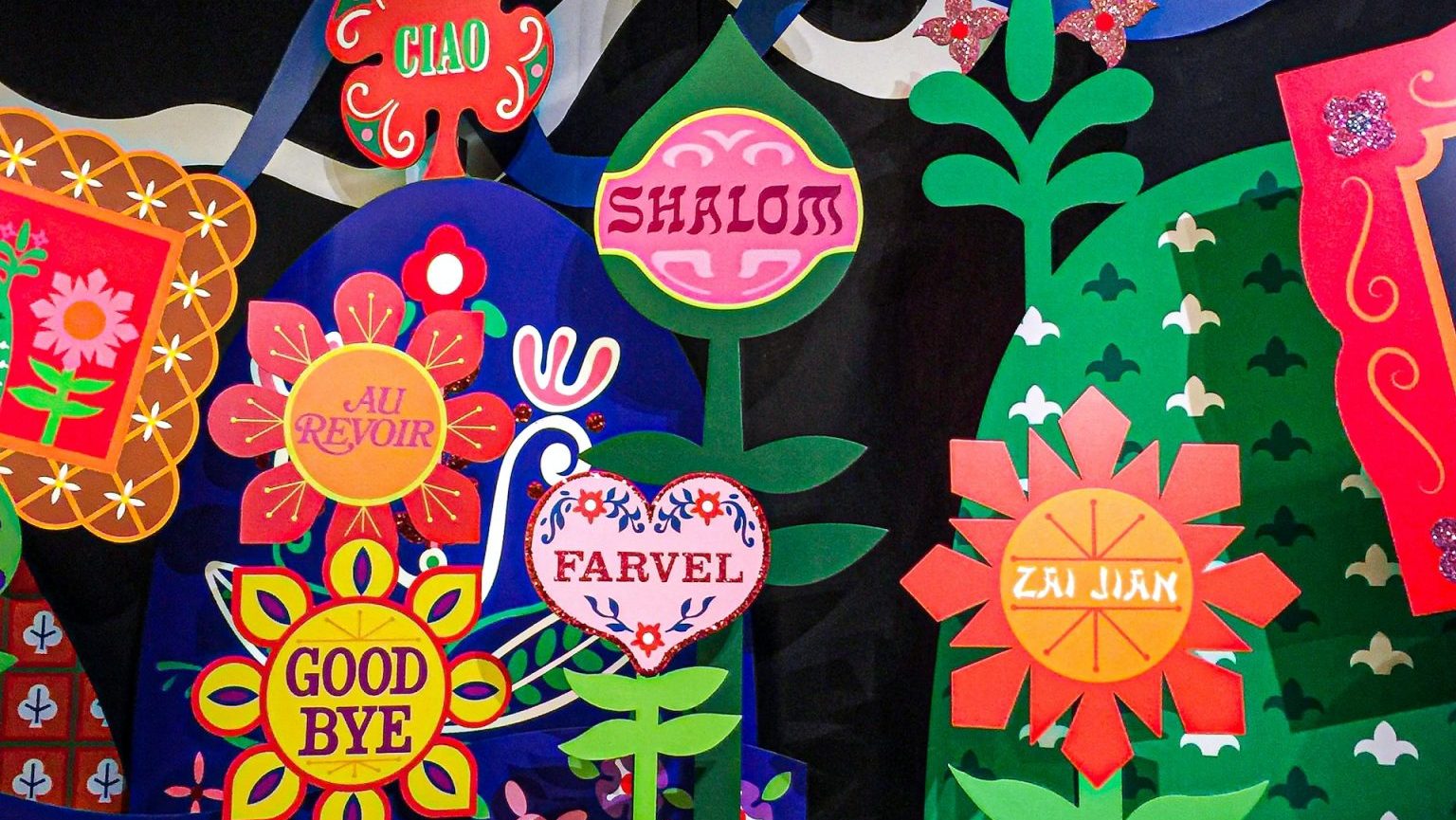Your Storytelling Brain

Cognitive Neuroscientist Michael Gazzaniga, a pioneer in the study of hemispheric (left vs. right brain) specialization describes “the Interpreter” – a left hemisphere function that organizes our memories into plausible stories. Less romantic, perhaps, than Gone With the Wind, the Interpreter may help to explain our species’ profound relationship with storytelling.
‘Mesmerizing!’
‘Stunning!’
‘A Mind-Blowing Triumph!’
Mock these movie poster clichés if you will, but they speak to something we want from a story from about the age of two onward. Some of us might get a bit finicky in later years about which stories we allow to seduce us, and how many spoonfuls of critical reflection we want along with our dose of narrative intoxicant, but there’s no getting around it: humans love stories. In fact, in some fundamental sense, we need them.
Cognitive science has long recognized narrative as a basic organizing principle of memory. From early childhood, we tell ourselves stories about our actions and experiences. Accuracy is not the main objective – coherence is. If necessary, our minds will invent things that never happened, people who don’t exist, simply to hold the narrative together. How often have you had a fierce disagreement with a partner or sibling over who gave you that Three Tenors CD or which of you made the pathetic clay reindeer Christmas ornament? How can two eyewitnesses at a trial be absolutely convinced of two conflicting accounts of the same events?
This tendency to confabulate – to fill in the gaps of memory with plausible inventions that preserve narrative continuity – is most pronounced in patients with significant memory loss, or in laboratory tests with participants who have had the connection cut between the left and right hemispheres of their brain (a procedure that, surprisingly enough, rarely results in death or significant impairment of function). Michael Gazzaniga, a cognitive neuroscientist and the author of Who’s in Charge?, has performed countless experiments with split-brain participants. They have revealed a function of the left hemisphere called ‘the Interpreter,’ which jumps in to make sense of memories, when it has no direct access to those memories or the context in which they were made.
What’s the Significance?
The arts and sciences have had an uneasy relationship over the past couple centuries, as science has attempted to disentangle itself from its roots in superstition and magic and build a firm foundation on more empirical grounds. So lovers of film and literature may react with suspicion to any attempt at neurocognitive analysis of their passions. This is misguided, says Gazzaniga – understanding our hardwired need for narrative coherence doesn’t diminish the aesthetic power of a great story – nor will it enable us anytime soon to program computers to write like William Blake. But it may help to explain what’s going on when we are mesmerized or stunned by a novel or the latest Matt Damon flick.
Gazzaniga suspects that narrative coherence helps us to navigate the world – to know where we’re coming from and where we’re headed. It tells us where to place our trust and why. One reason we may love fiction, he says, is that it enables us to find our bearings in possible future realities, or to make better sense of our own past experiences. What stories give us, in the end, is reassurance. And as childish as it may seem, that sense of security – that coherent sense of self – is essential to our survival.
Follow Jason Gots (@jgots) on Twitter
Image credit: Shutterstock.com





